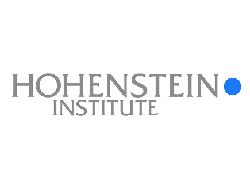Hohenstein Institute Tests New Product to Fight Dust Mites
Bönnigheim, DE, February 2, 2017— The William-Küster-Institute for Hygiene, Environment and Medicine at the Hohenstein Institute has tested a new product made by Proneem France, which contains alternative active ingredients but proved highly effective against mites.
Currently, permethrin is widely used for treating textiles against mites; however, the neurotoxin may also cause undesirable side effects, e.g. headaches or deafness, in humans.
These little arachnids prefer to live in duvets and mattresses, upholstered furniture and carpets where they find ideal hygrothermal conditions. Using treated bedding can reduce the rate of reproduction of the mites and so decrease the allergen load.
Normally, these finishing treatments contain the acaricide permethrin. As a toxin that can be ingested or absorbed, it is effective against numerous insects, including mites. Permethrin is a neurotoxic chemical, which, in insects, causes agitation and cramps, then coordination disorders and finally paralysis. Permethrin is poorly absorbed by healthy skin, but nevertheless attempts are being made to find alternative finishing agents. Now Proneem France has shown that this is entirely possible. In a test in accordance with NF G39-011, their “Proneem” finish was able to inhibit the growth of a mite population by over 90% and was therefore awarded the Hohenstein quality label "Effective against Dust Mites".
This shows that the Hohenstein test for effectiveness against dust mites in accordance with standard NF G39-011 is also suitable for alternative, permethrin-free finishing treatments and offers textile manufacturers a way of developing optimised bedding and home textiles that will reduce the symptoms of house dust allergy-sufferers.
